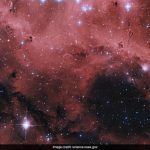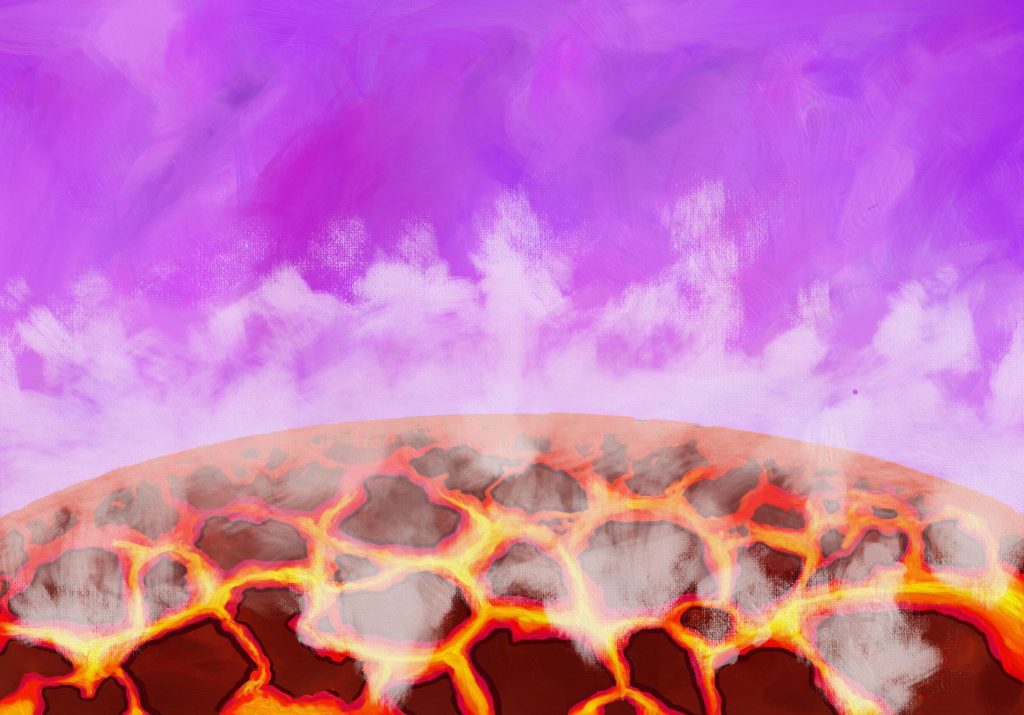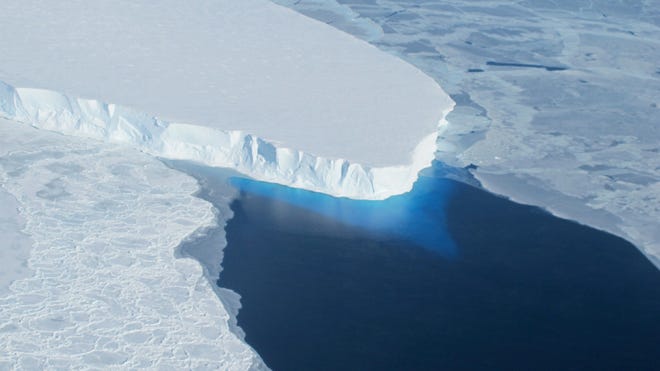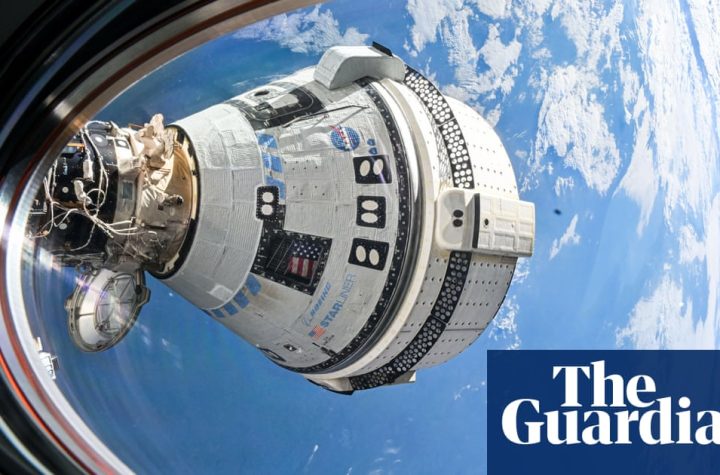Kesan artistik dari permukaan cair planet muda yang berinteraksi dengan atmosfernya untuk membentuk uap air. Kredit: Tadahiro Kimura
Sehari di pantai adalah seumur hidup di planet lain.
Menurut simulasi baru, planet ekstrasurya mirip Bumi dengan lautan dan benua, serta pantai di sepanjang perbatasannya, mungkin lebih umum di sekitar katai merah daripada yang diperkirakan sebelumnya. Hal ini menunjukkan bahwa pada akhir dekade sekarang dan yang akan datang[{” attribute=””>exoplanet survey missions can expect to discover several Earth analogs for further investigation.
The range of orbits around a star where the temperature would be suitable for an exoplanet to have liquid water on its surface is referred to as the “habitable zone.” This does not imply that there is life or even water on the planet. In reality, life on the majority of exoplanets in the habitable zone would not be “a day at the beach.”
On Earth, both the oceans and continents play critical roles in the geochemical carbon cycle, which helps to sustain a temperate climate with liquid water and life. So, in order to search for potentially habitable Earth-like planets, we need “a day at the beach,” where land and sea can coexist.
Previous research has cautioned that such beach-friendly worlds may be extremely rare, even in the habitable zones around the most common types of stars (namely red dwarfs). This is due to a significant difference in the water content of rocky materials found in the inner and outer parts of a protoplanetary disk where planets form, resulting in the creation of planets with either too much or too little water in most situations.
But new numerical simulations conducted by Tadahiro Kimura from the University of Tokyo and Masahiro Ikoma from the National Astronomical Observatory of Japan provide a sunnier view. By taking into consideration water produced from interactions between the still-molten surface of a young planet and its primordial atmosphere, the team found that a wide range in final water content is expected.
And within that range, several percent of roughly-Earth-sized planets in habitable zones should have appropriate amounts of water for a temperate climate. This is a high enough percentage that ongoing and future exoplanet survey missions like TESS and PLATO can expect to find multiple examples of truly Earth-like exoplanets with beaches in the 2020s.
Reference: “Predicted diversity in water content of terrestrial exoplanets orbiting M dwarfs” by Tadahiro Kimura and Masahiro Ikoma, 29 September 2022, Nature Astronomy.
DOI: 10.1038/s41550-022-01781-1
The study was funded by the Japan Society for the Promotion of Science.

“Kutu buku musik lepas. Pecandu internet bersertifikat. Pencinta perjalanan. Penyelenggara hardcore. “








More Stories
Berita terbaru tentang skenario iklim “kiamat”: sirkulasi Atlantik dan pencairan es
NASA mengumumkan kemungkinan kembalinya astronot yang terdampar di pesawat ruang angkasa Starliner luar angkasa
Teleskop Hubble NASA mengambil gambar wilayah “permen kapas” di luar angkasa. Lihat gambar